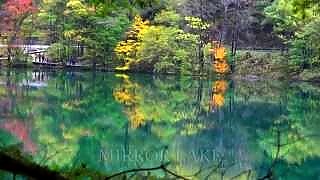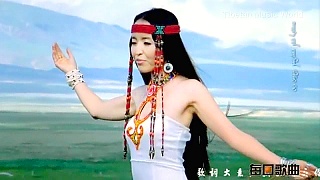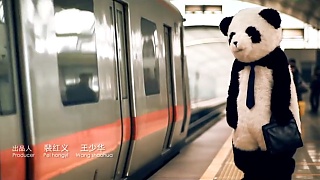 Ten Years in China – with Rafa Goes Around
Ten Years in China – with Rafa Goes Around
Related Videos
Featured Videos
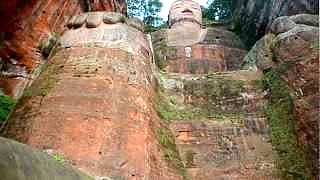
|
A UNESCO World Heritage site.
The first Buddhist temple in China was built here in SiChuan province during the 1st century A.D. in the beautiful surroundings of the Mount Emei and in view of its peak. Over the centuries, the addition of other temples turned the area into one of Buddhism's holiest. The most remarkable - the Giant Buddha at LeShan - was carved out of a hillside in the 8th century and looks down on the confluence of three rivers. At 71 meters in height, it is the largest Buddha in the world.
|

|
Geopolitics with Li JingJing, Lee Camp, George Galloway ...
Bonus film with Judge Napolitano and Larry Johnson ...
|

|
With Travel East ...
|
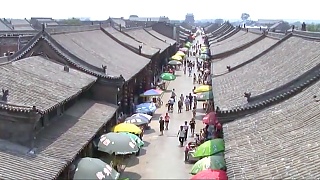
|
Including PingYao, Xi`An, GuiLin, the Dragon`s Backbone Rice Terraces, a Yao minority village, and the Li River ...
|

|
With Walk East ...
|

|
It comes down to this - do they want Taiwan to remain in the status quo (semi-independence) with good relations with the rest of China, - or - does it want to become increasingly a US (and Japan) puppet regime / missile base (DPP) - (that would be suicide) ?
If the former, it makes sense to back the KMT and not waste the vote on a third party that cannot win.
The future of Taiwan, and its prosperity, lies with closer ties with China, not war.
With Brian Berletic / The New Atlas ...
With Danny Haiphong and George Galloway (jump to 1 hour 11 min.s for the Taiwan discussion) ...
With David Oualaalou ...
|

|
A beautiful and heart-warming story ...
|

|
GanSu's UNESCO World Heritage Site ...
|
Tag search ?







 Ten Years in China – with Rafa Goes Around
Ten Years in China – with Rafa Goes Around